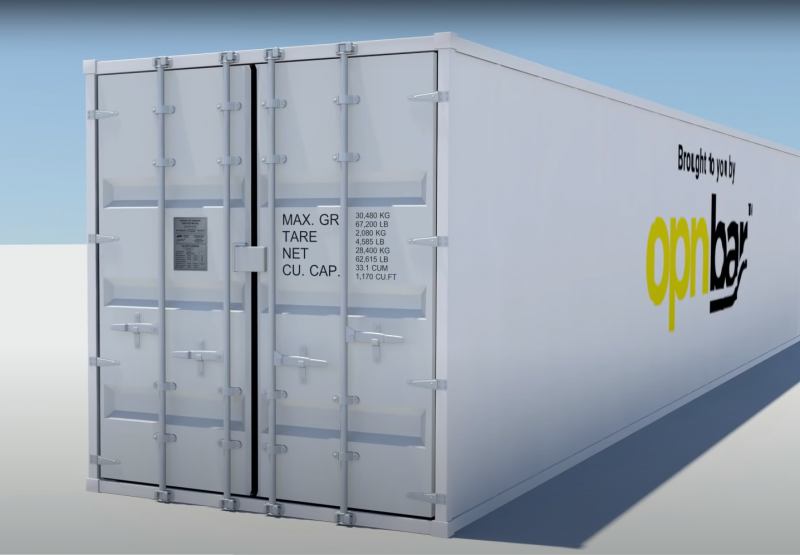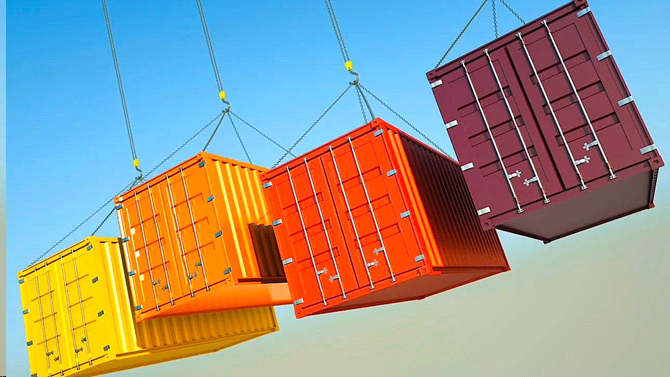
Shipping containers serve as the backbone of intermodal transport systems, enabling goods to traverse vast distances via trucks, trains, and ships. Whether it's heavy machinery or delicately palletized goods, these containers provide a secure enclosure, shielding cargo from the perils of shock and inclement weather.
https://www.youtube.com/watch?v=N3pUEuZRg9c
Also known as ISO containers, conex boxes, or railroad containers, these ubiquitous units adhere to the rigorous standards set by the International Standards Organization (ISO). This global body meticulously crafted dimension specifications, fostering uniformity in container design and enhancing compatibility across transportation networks.
10053 Whittwood Dr, Suite 11284 Whittier,
CA 90603 USA
657-667-6227
https://www.shippingcontainertool.com/what-is-a-shipping-container
What sets shipping containers apart is their innate versatility, epitomized by their ability to seamlessly transition between different modes of transport. Thanks to standardized dimensions, these containers can seamlessly hop from ship to rail to truck, eliminating the need for laborious loading and unloading processes.

The evolution of shipping containers mirrors the dynamic nature of global trade itself. Initially conceived for commercial shipping, these containers have undergone continual refinement to accommodate a diverse array of products. From perishable goods to oversized machinery, containers come in myriad shapes, sizes, and materials to suit every cargo need.
Standardization has been pivotal in streamlining the transport process, allowing for smoother transitions and quicker delivery times. By adhering to established norms, logistics operators can optimize their operations, ensuring that goods reach their destination with maximum efficiency and minimal delay.
In essence, shipping containers represent more than just metal boxes; they symbolize the interconnectedness of the modern world. As trade barriers dissolve and supply chains grow more complex, these unassuming vessels play a crucial role in sustaining the global economy's heartbeat.

Looking ahead, the future of shipping containers holds promise for further innovation and refinement. With advances in technology and sustainability, tomorrow's containers may boast enhanced durability, eco-friendly materials, and even autonomous tracking capabilities.
In a world where distance is no longer a barrier to trade, shipping containers remain the silent enablers of global commerce, bridging continents and connecting markets with unparalleled efficiency. As we navigate the complexities of a rapidly evolving world, one thing remains certain: the humble shipping container will continue to shape the future of trade for generations to come.
There are different types of Shipping Containers for different types of transportation:
Shipping Containers are another name for the conex boxes most used on the market. Shipping Containers are typically suitable for any type of dry cargo: pallets, boxes, bags, machines, furniture, etc.
Common types include: